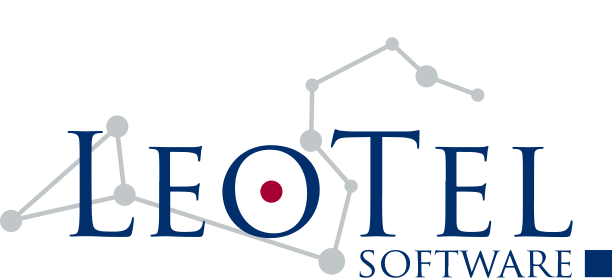Many companies use laser engraving to mark data onto components during the manufacturing process. Information such as part identification, serial numbers, customer information and logos can be marked onto a variety of surfaces, including metal and plastics, simply by adjusting the properties of the laser.
The key to industrial engraving, and indeed any industrial automation, is reliability, producing a high-quality mark, every time.
The Projects
LeoTel Software have worked closely with the engineers and support staff of an industry-leading laser equipment manufacturer for many years, on a variety of custom marking projects, marking machine tools, medical components, manufacturing components and completed parts.
We have developed custom marking software which:
- Accepts user input as the data to mark or as a source to look up further marking data, whether that be from keyboard input or barcode scanners;
- Reads the mark data from databases, SAP system, and / or spreadsheets;
- Reacts to automation signals such as Part in Place and Marker Ready, received from the marker hardware; and
- Integrates with other parts of the production environment such as robot arms via standardised interfaces like ProfiNet, and vision systems.
The software also typically allows the user to mark sequences of data or batches of components.
Our Role
We start with requirement clarification and gathering, then we produce a mutually-agreed requirements specification.
We implement the finite state machine for the production process, using a purpose-built template, and the user interface to provide all the functionality that the customer needs.
We validate our marking software using custom-built hardware simulators which mimic the system components such as the marker and vision systems or robot arms.
Once the software has been released to the customer, we provide extensive integration support, either remotely or at the customer’s site.
The Technology
We develop our custom marking user interfaces in C# using Microsoft Windows Presentation Foundation (WPF) and the Model, View, View Model pattern (MVVM).
We carry out in-house testing using purpose-built software-based simulators, written in languages such as Java or Python.
The Benefit
Over the years, we have gone from providing the extra capacity our customer’s busy in-house software team needed, to having the expertise to tackle complex marker software from the ground up.
Our software has replaced labour intensive manual processes, and upgraded existing marking operations. It is more efficient and less error prone, providing that important reliability in industrial automation. It also means that it is suitable for a larger volume of product and throughput.
Our custom software is helping to mark products created by large multinationals, home-grown enterprises, and a variety of applications, from heavy-duty vehicle identification plates and high performance drill bits, to bespoke jewellery and bicycles.




